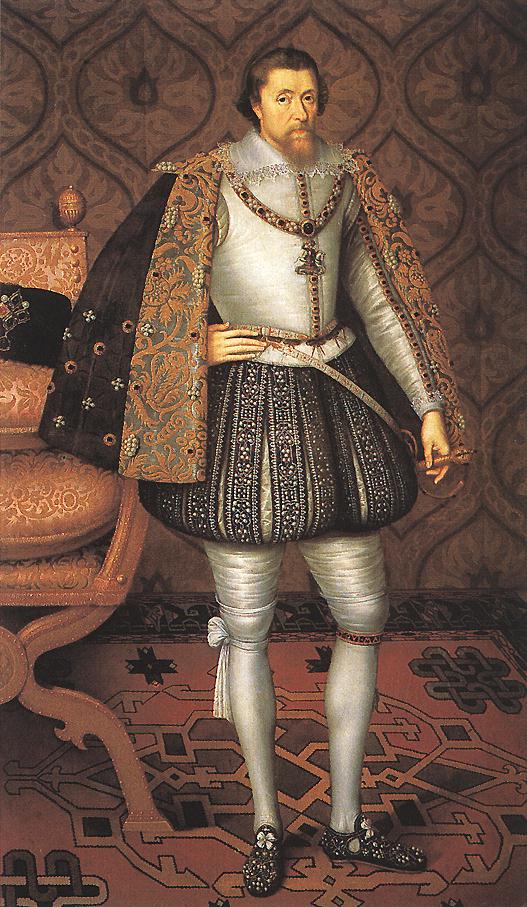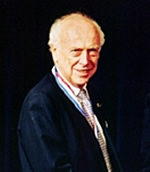James Stuart, known as King James VI in Scotland and King James the I in England and Ireland, issued an edict in 1603 that abolished the surname MacGregor and declared that everyone named MacGregor or Gregor must renounce the name or suffer death, all in response to the murder of the King’s Forester, who himself had hanged some MacGregors for poaching. A bounty of 1,000 merks (apparently a great deal of money) was placed on the heads of the clan leaders, with 100 merks for other members of the clan.
This the origin of Rob Roy, also known as Red MacGregor, or Robert Roy MacGregor. For the next 200 years The Clan Gregor endured this persecution. Men were killed while women and children were sold into slavery in the New World. Finally, in 1774, the Act of Proscription against the clan was repealed.




 Admit it, you’re dying to get your hands on Watson’s genome, aren’t you? Who isn’t?! Yesterday
Admit it, you’re dying to get your hands on Watson’s genome, aren’t you? Who isn’t?! Yesterday